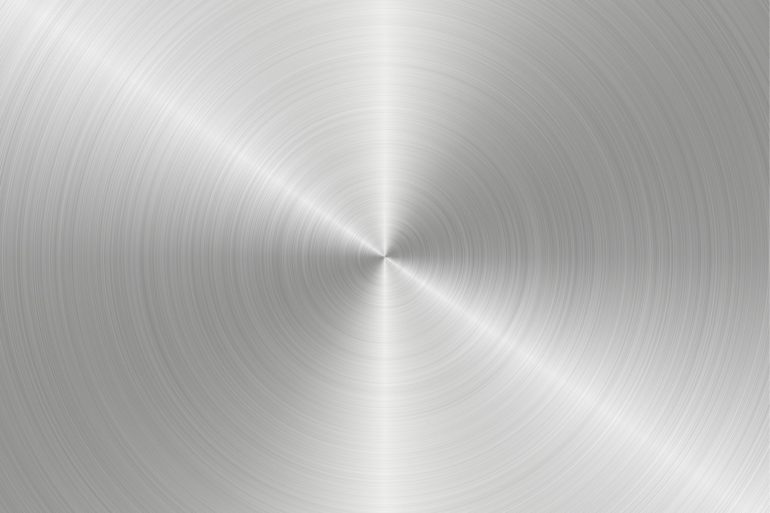Texas A&M University researchers have recently shown superior performance of a new oxide dispersion strengthened (ODS) alloy they developed for use in both fission and fusion reactors.
Dr. Lin Shao, professor in the Department of Nuclear Engineering, worked alongside research scientists at the Los Alamos National Laboratory and Hokkaido University to create the next generation of high-performance ODS alloys, and so far they are some of the strongest and best-developed metals in the field.
ODS alloys consist of a combination of metals interspersed with small, nanometer-sized oxide particles and are known for their high creep resistance. This means that as temperatures rise, the materials keep their shape instead of deforming. Many ODS alloys can withstand temperatures up to 1,000 C and are typically used in power generation and engines within aerospace engineering, as well as cutlery.
The nuclear community has a high need for reliable and durable materials to make up the core components of nuclear reactors. The material must be high strength, radiation tolerant and resistant to void swelling (materials develop cavities when subjected to neutron radiation, leading to mechanical failures).
Nuclear researchers like Shao are consistently seeking to identify quality creep-resistant and swelling-resistant materials for their use in high-temperature reactors.
“In general, ODS alloys should be resistant to swelling when exposed to extreme neutron irradiation,” said Shao. “However, the majority of commercial ODS alloys are problematic from the beginning.”
This is because almost all commercial ODS alloys are based on the ferritic phase. Ferritic alloys, classified by their crystalline structure and metallurgical behavior, have good ductility and reasonable high-temperature strength. However, the ferritic phase is the weakest phase when judged by its swelling resistance, therefore making the majority of commercial ODS alloys fail in the first line of defense.
Shao, known internationally for his pioneering work in radiation materials science, directs the accelerator laboratory for testing alloys under extreme irradiation conditions. Shao and his research team collaborated with the Japanese research group at Hokkaido University led by Dr. Shigeharu Ukai to develop various new ODS alloys.
“We decided to explore a new design principle in which oxide particles are embedded in the martensitic phase, which is best to reduce void swelling, rather than the ferritic phase,” said Shao.
The resulting ODS alloys are able to survive up to 400 displacements per atom and are some of the most successful alloys developed in the field, both in terms of high-temperature strength and superior-swelling resistance.
Details of the complete project were published in the Journal of Nuclear Materials along with the most recent study. The team has since conducted multiple studies and attracted the attention from the U.S. Department of Energy and nuclear industry. The project resulted in a total of 18 journal papers and two doctoral degree dissertations.
Islands without structure inside metal alloys could lead to tougher materials
More information:
Hyosim Kim et al, Oxide dispersoid coherency of a ferritic-martensitic 12Cr oxide-dispersion-strengthened alloy under self-ion irradiation, Journal of Nuclear Materials (2020). DOI: 10.1016/j.jnucmat.2020.152671
Provided by
Texas A&M University
Citation:
Nuclear engineering researchers develop new resilient oxide dispersion strengthened alloy (2021, March 4)
retrieved 5 March 2021
from https://phys.org/news/2021-03-nuclear-resilient-oxide-dispersion-alloy.html
This document is subject to copyright. Apart from any fair dealing for the purpose of private study or research, no
part may be reproduced without the written permission. The content is provided for information purposes only.



